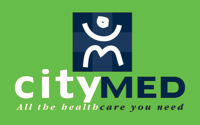1.99% Surcharge for credit or PayWave payments
Please note that all credit card and PayWave payments now incur a 1.99% surcharge. All immigration and surgical services are payable on the day so please bare this in mind if you plan to use your credit or PayWave card.
